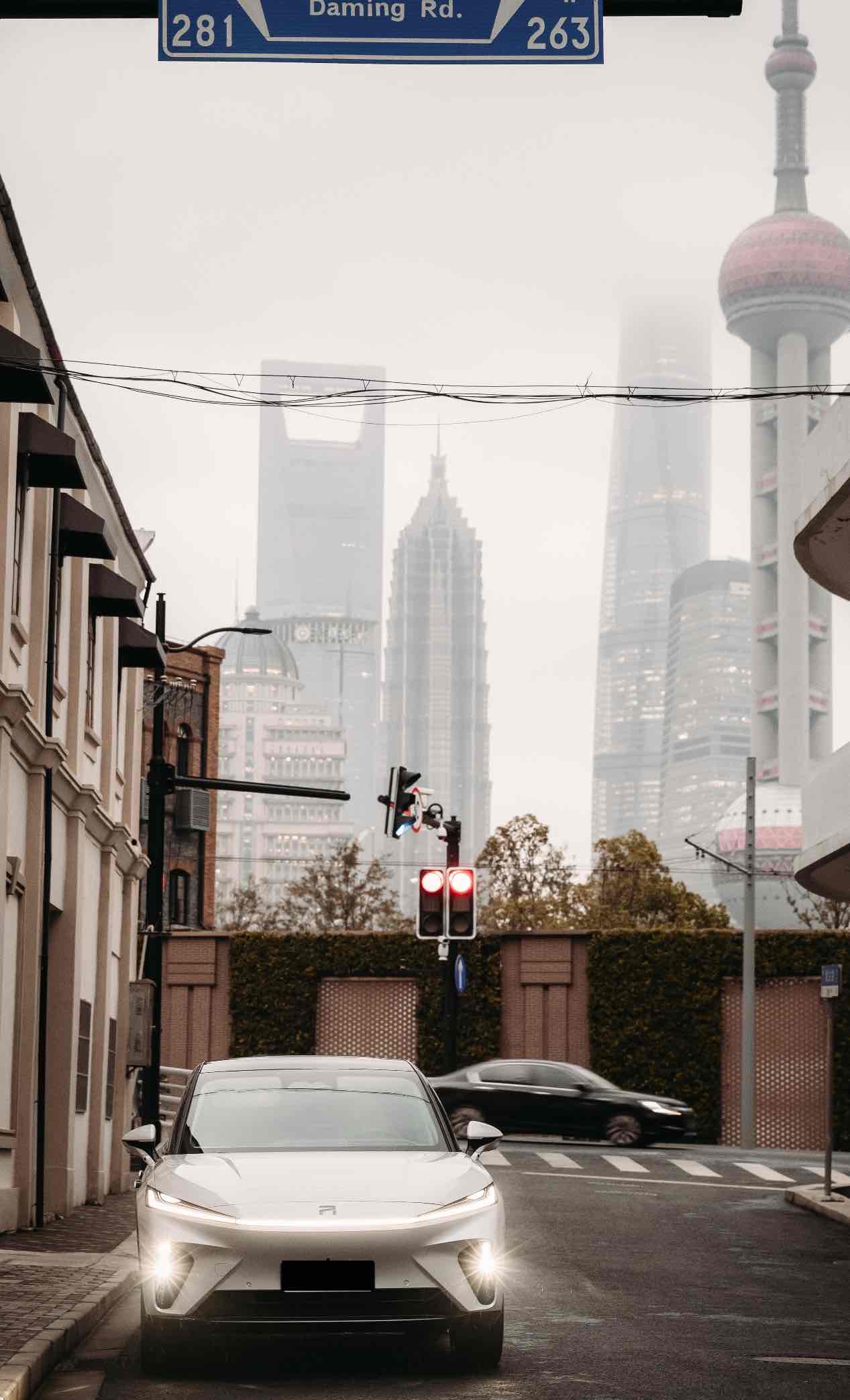
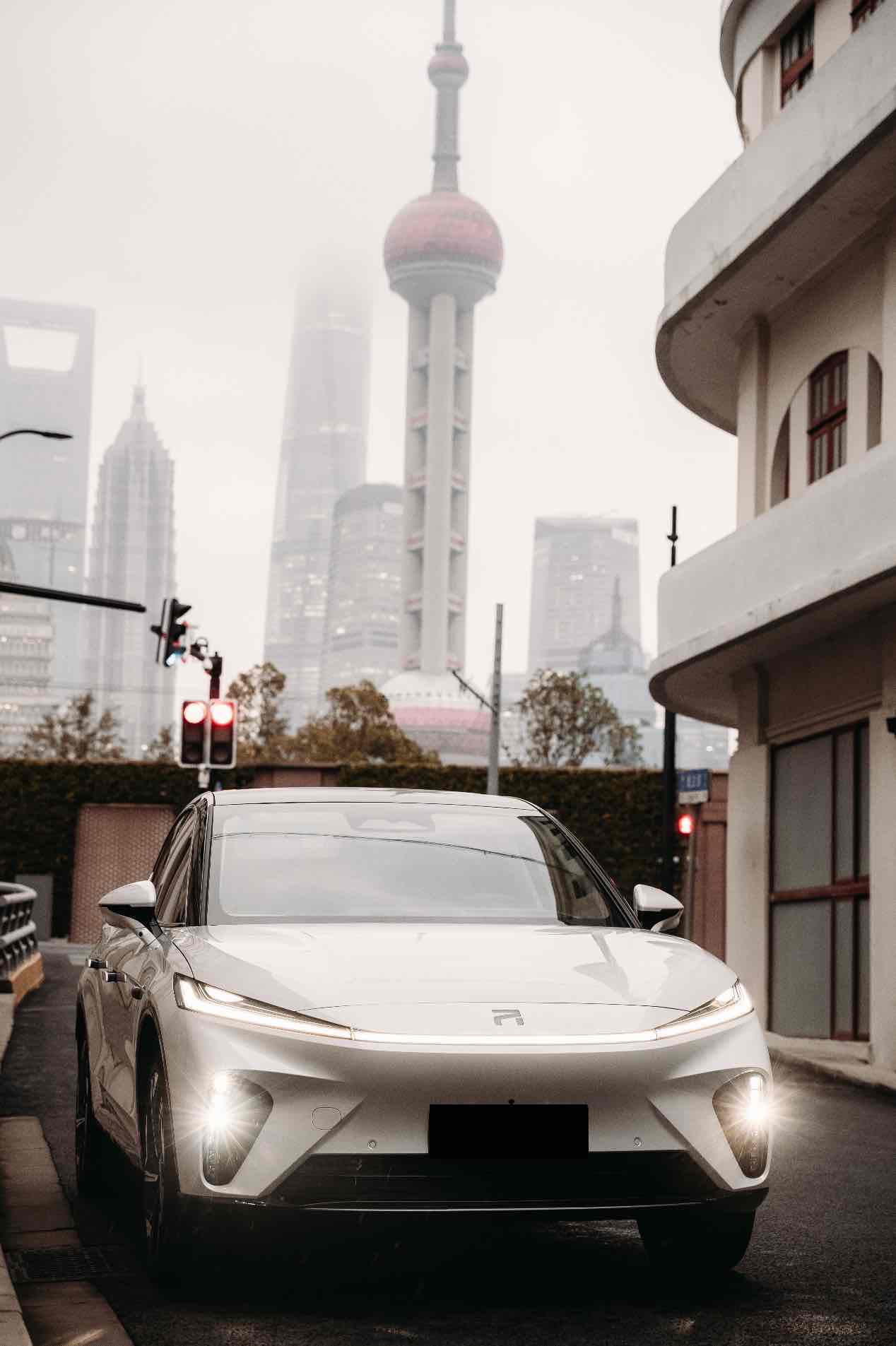
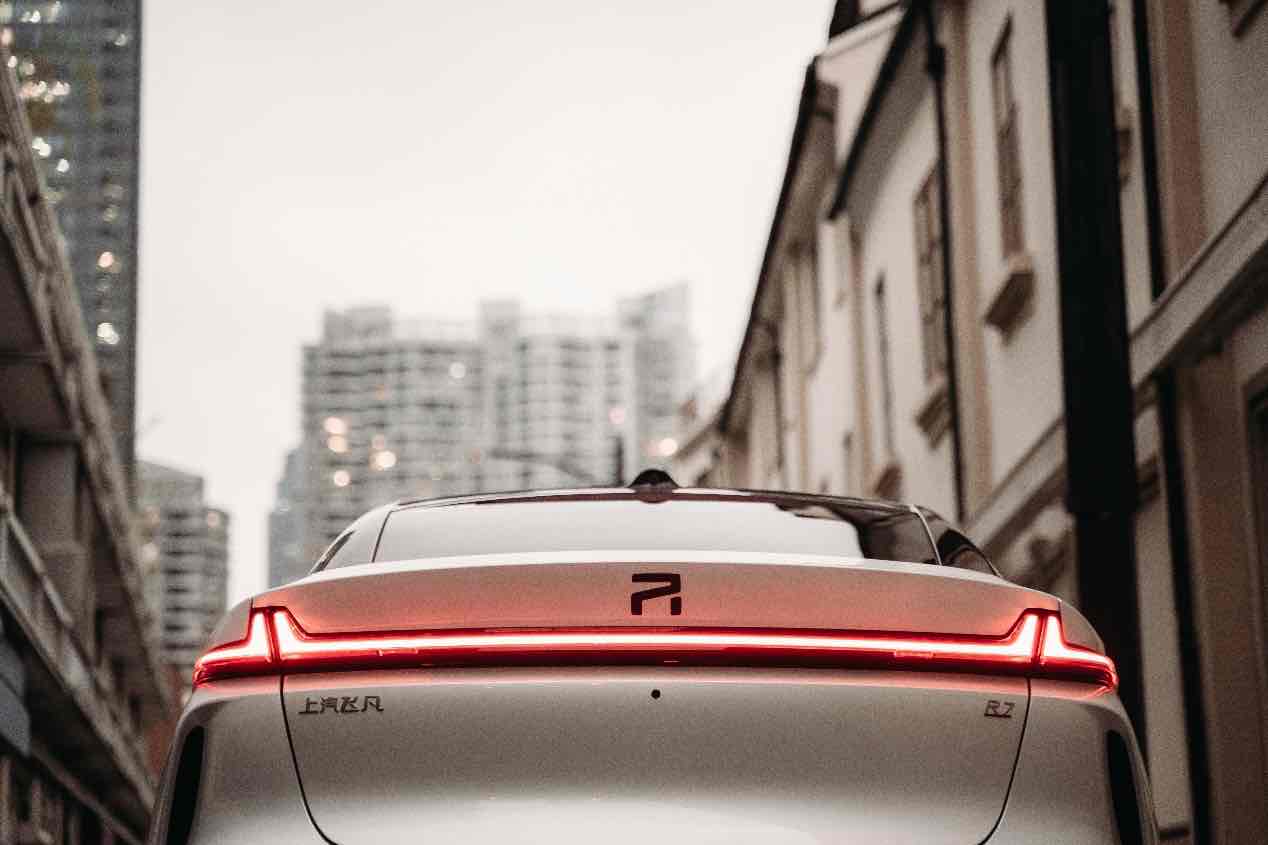
Just picked up my car 10 days ago in Shanghai, China. The model is BYD F7 flagship edition, commonly known as the top configuration, but without the optional laser radar.
During this time, I have been driving my electric car and my gas-powered car has been consigned to my friend’s used car dealership in Jiangsu. When driving with an out-of-province license plate in Shanghai, there may be some traffic congestion, especially when you want to go to the downtown area, which can be troublesome. It is very convenient to drive an electric car with a green license plate in Shanghai.
Compared with my gas car, I have found that the cost of travel is gradually decreasing. Charging outside is more expensive than charging at home, but the overall cost is still much less than a gas-powered car, especially in slow and steady traffic or low-speed conditions. I can basically do less than 1km for less than a penny, while high-speed conditions may cost around two pennies. In fact, the cost of travel depends on the price of electricity, and I am delaying using my home charger. (I recommend that fellow drivers understand the installation process in advance to avoid delays like me).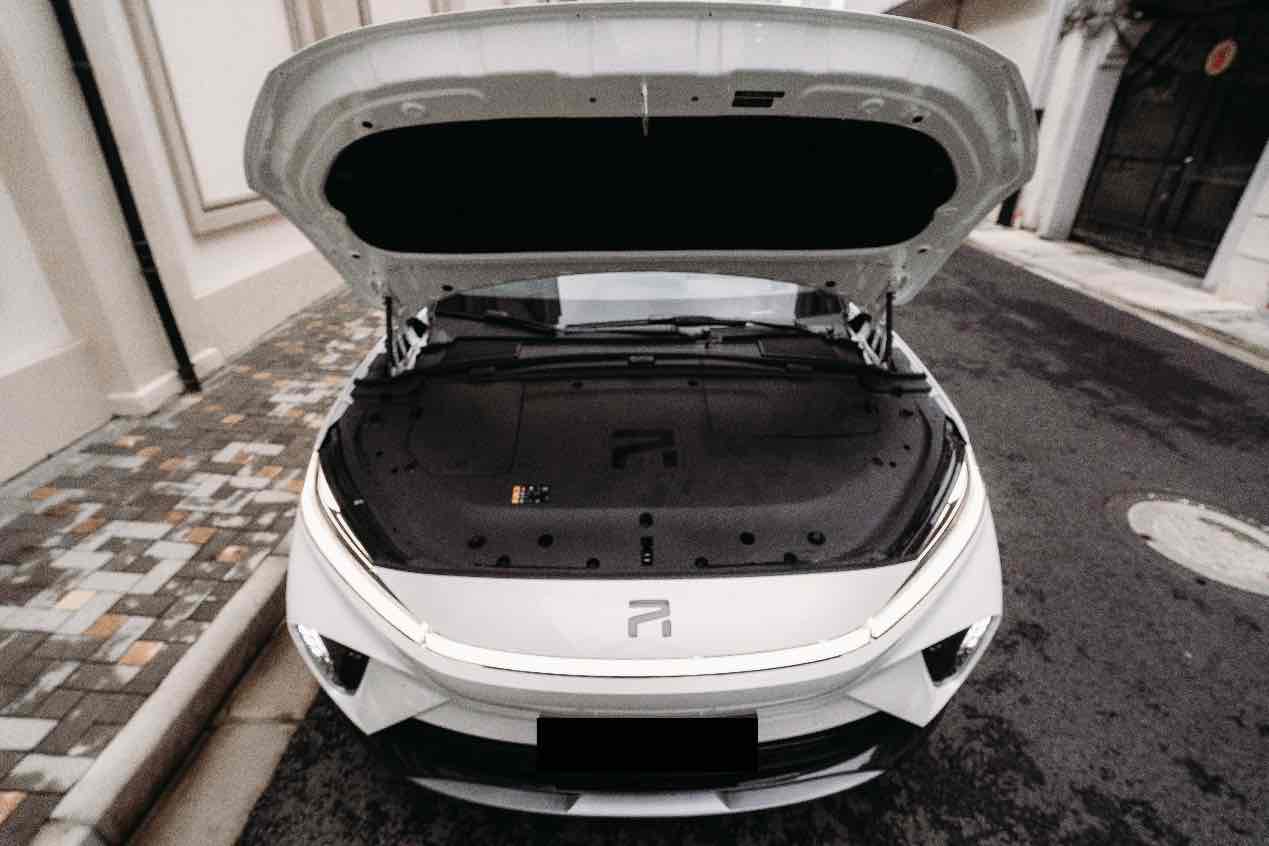
After opening the hood, I found nothing much to take pictures of.~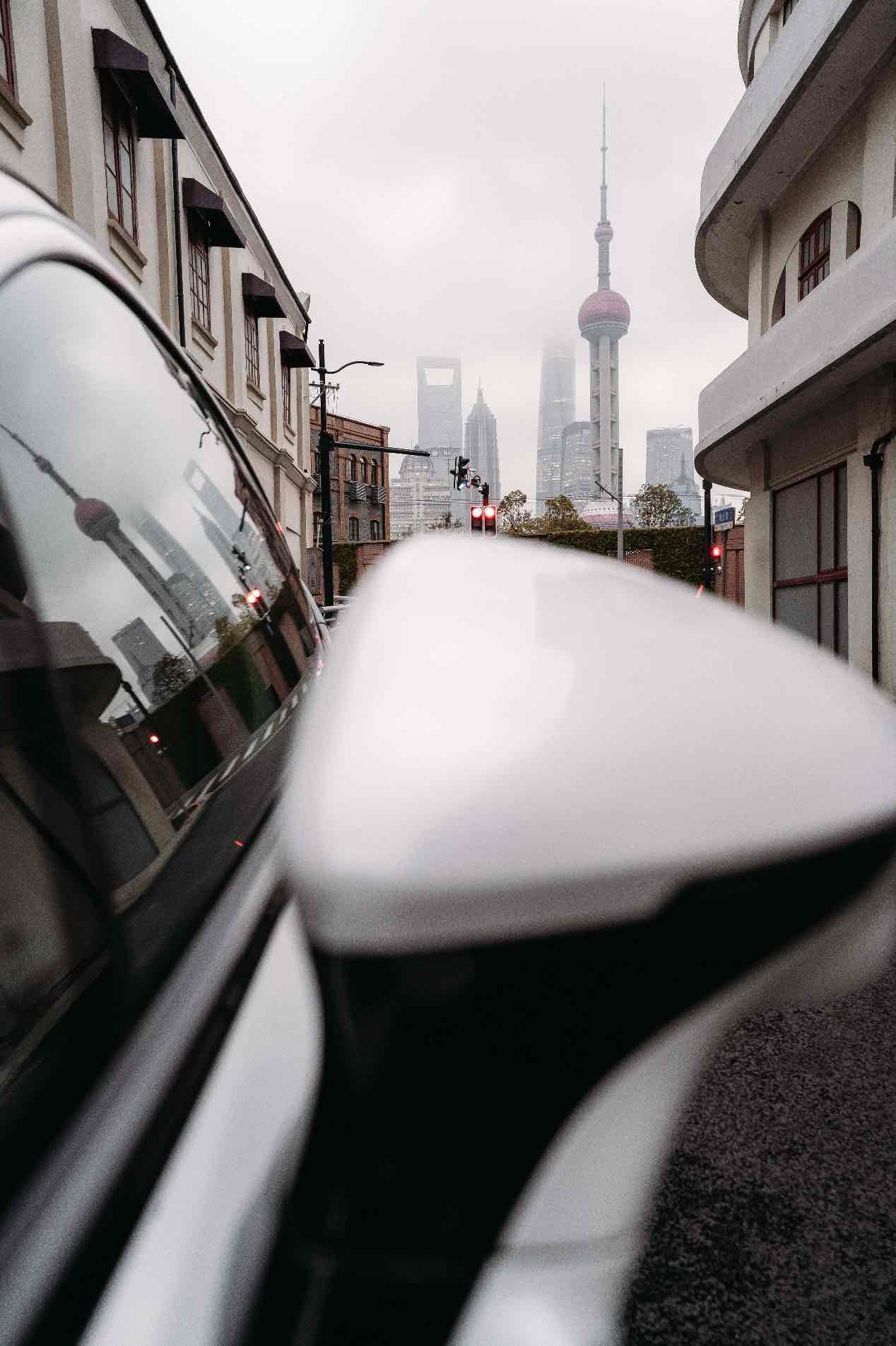
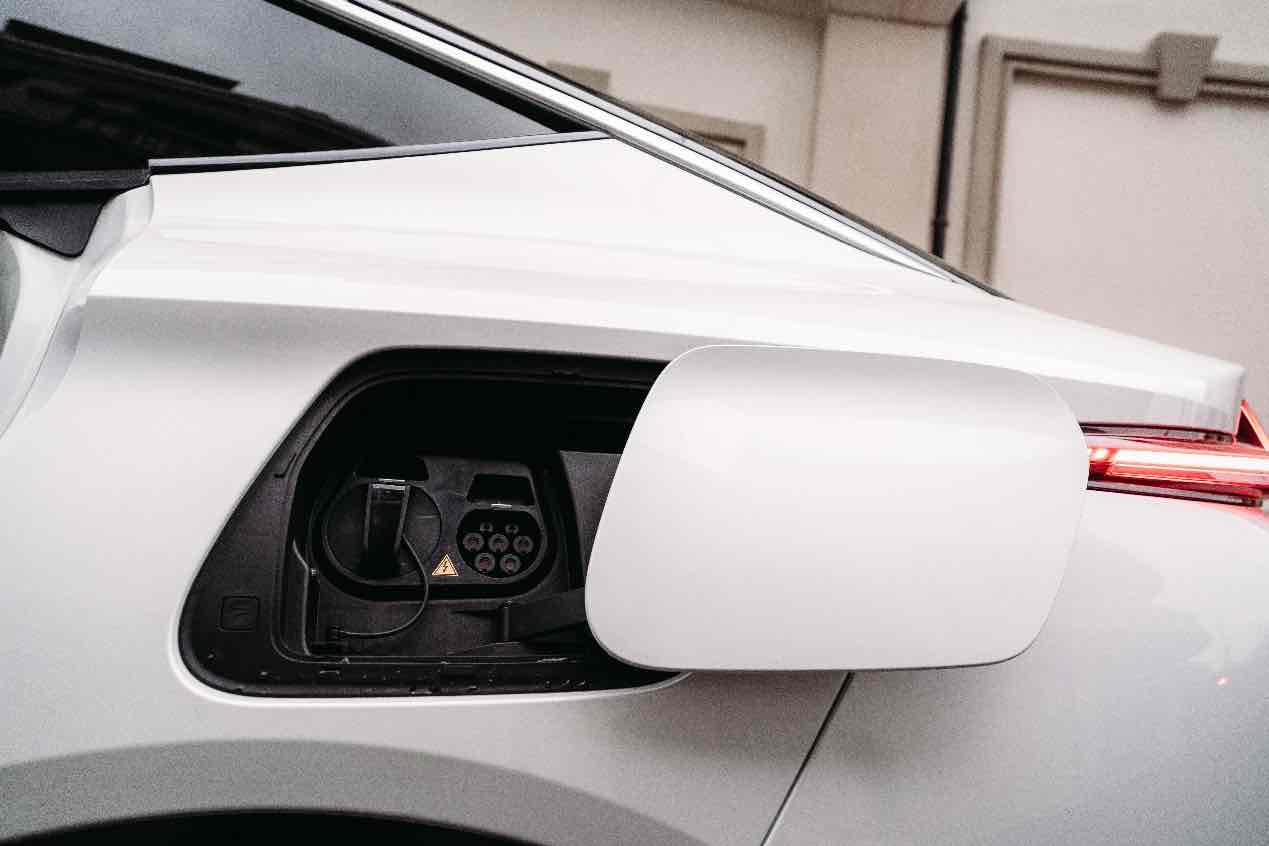
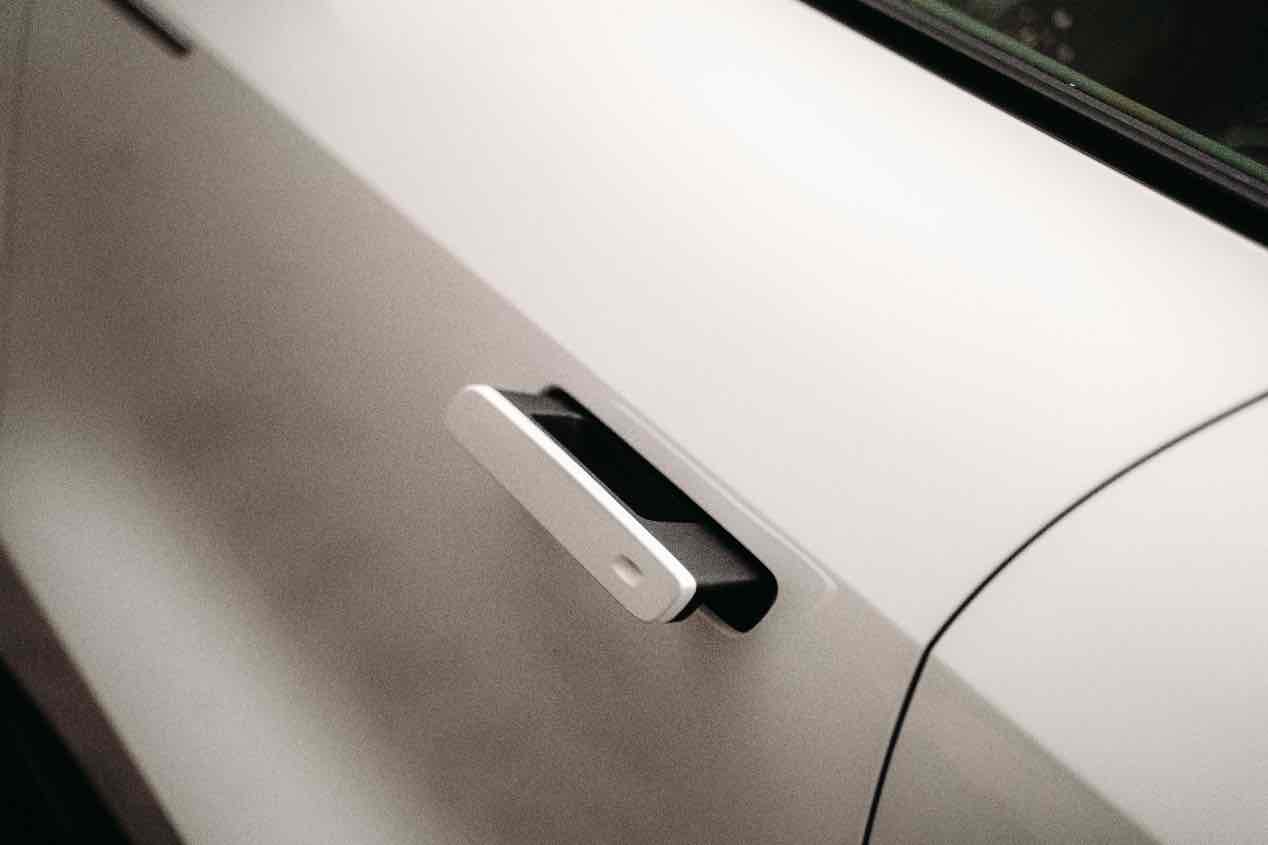
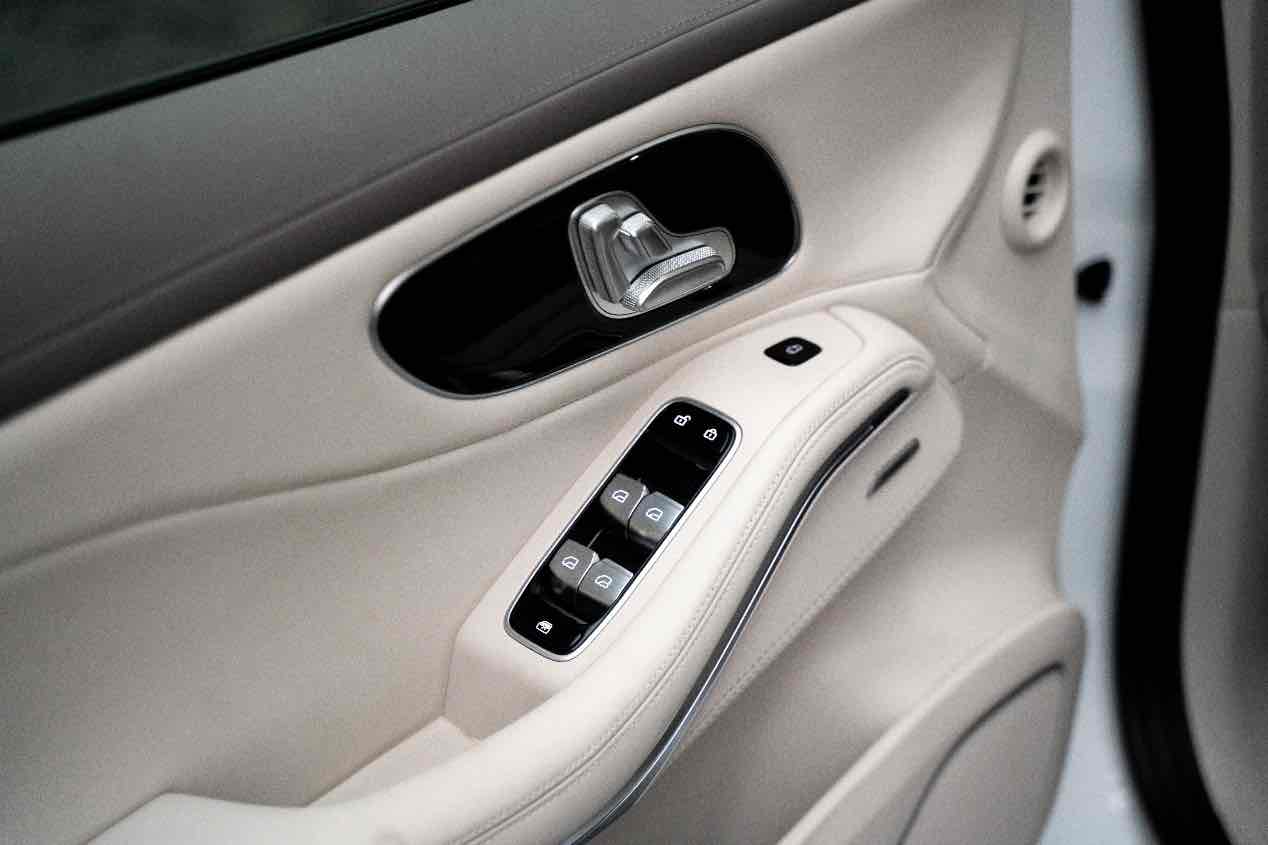
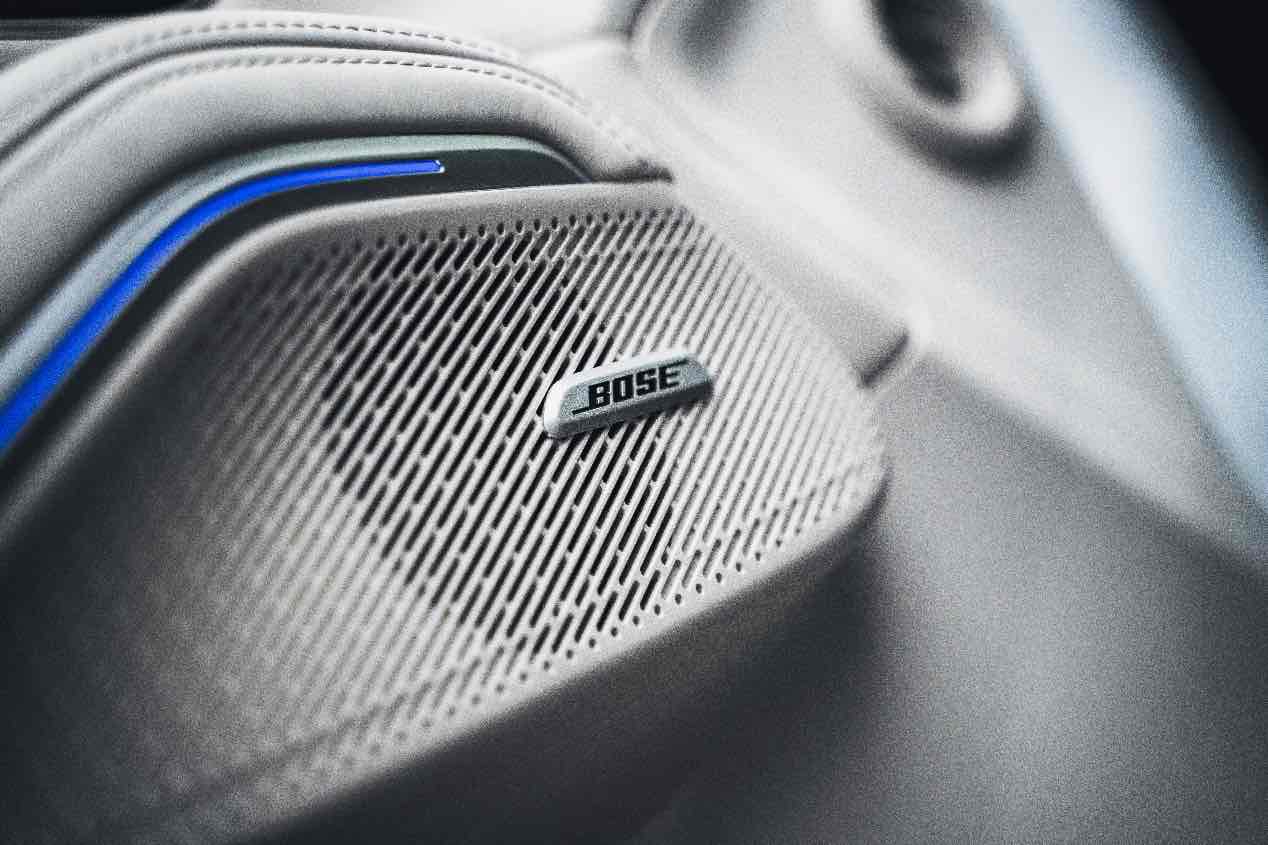 The top configuration is quite impressive, with advanced driver assistance systems that include automatic lane changing and braking. Bluetooth keys, card keys, and remote keys are also available. The AR-HUD, heated and ventilated massage seats are all included. If you choose the top configuration, you won’t envy others because you’ll have all the features. The EV gives me the feeling that the configuration is fully loaded. Compared to my previous joint venture petrol car, I think the R7 is quite cost-effective. Originally, I took a few pictures of the automatic lane changing system, but I didn’t post them for fear of being accused of dangerous driving. Here’s a brief description of my experience.
The top configuration is quite impressive, with advanced driver assistance systems that include automatic lane changing and braking. Bluetooth keys, card keys, and remote keys are also available. The AR-HUD, heated and ventilated massage seats are all included. If you choose the top configuration, you won’t envy others because you’ll have all the features. The EV gives me the feeling that the configuration is fully loaded. Compared to my previous joint venture petrol car, I think the R7 is quite cost-effective. Originally, I took a few pictures of the automatic lane changing system, but I didn’t post them for fear of being accused of dangerous driving. Here’s a brief description of my experience.
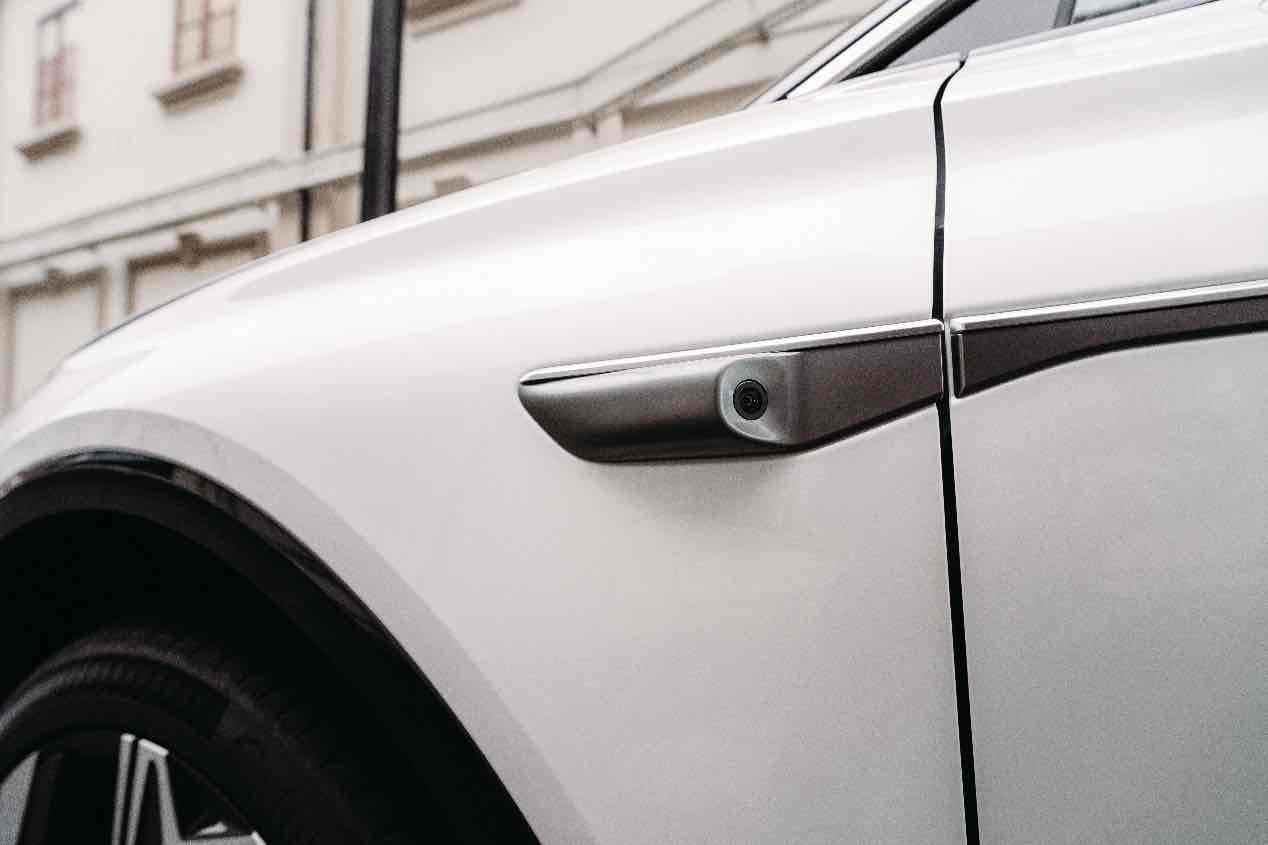

There are many cameras inside the car, which is similar to Tesla’s advanced driving assistance system, but the R7 is more comprehensive. There’s even radar for mutual assistance. This is what they call a visual radar+ultrasound radar combination, and you can even choose a laser radar. In China, having a visual radar alone is not enough because there are too many complex road conditions that need to be constantly updated with user-generated data. Therefore, at this stage, hardware assistance like radar is still necessary for a more secure solution. This is also why I don’t believe in Tesla’s FSD. It may be great overseas but it won’t work in China!
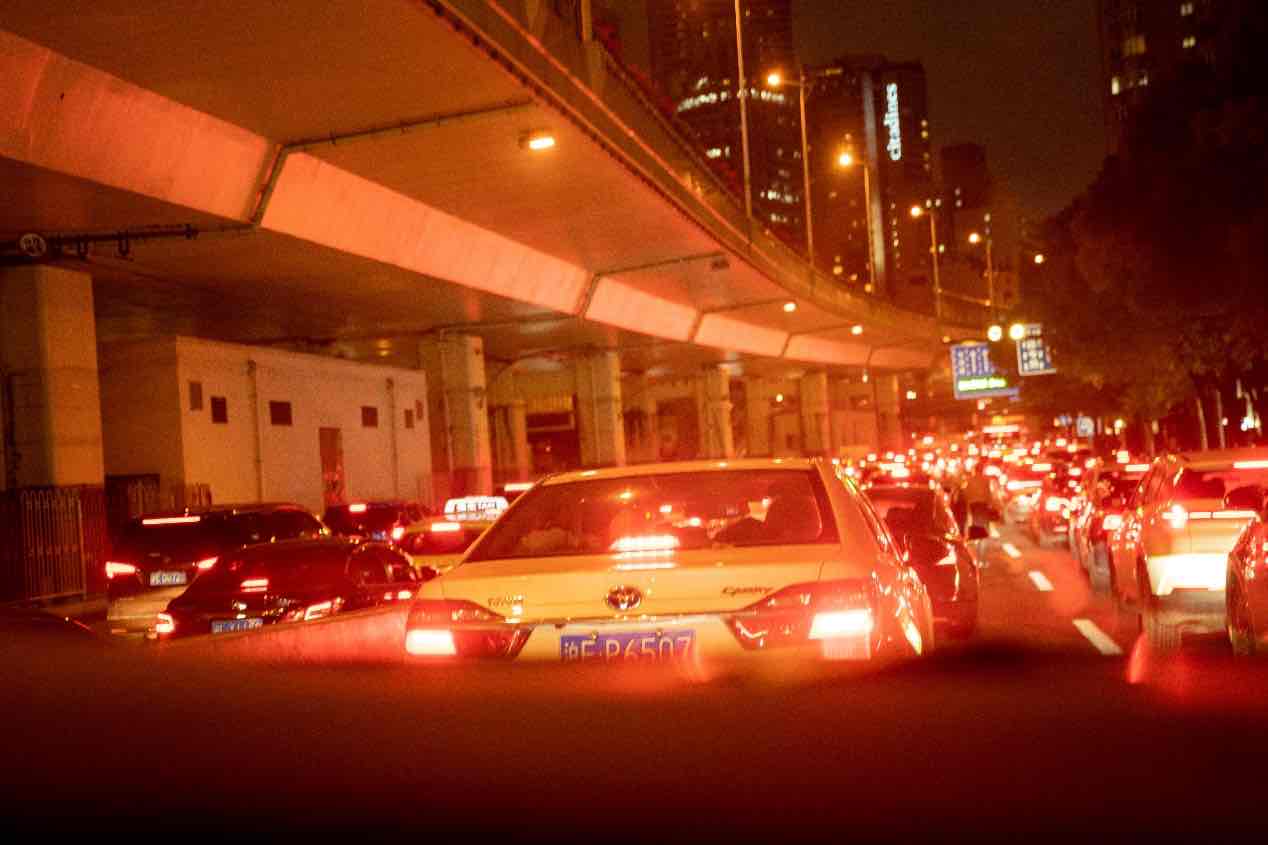
After experiencing the R7, I found it very intelligent. It can be used in any driving situation, whether in a busy city or on a highway. When I was stuck in traffic, the car’s following function worked very well. I maintained a distance of three or four meters from the car in front and slowly moved forward, leaving me with a little attention to respond to customer messages on my phone. Automatic speed adjustment is also superior to adaptive cruise control in petrol cars. I hardly felt the acceleration or heard the sound of the engine. I’ve also learned that using the assisted driving in the city is easier, while on the highway, semi-automatic driving is more reliable. Automatic lane changing is still very safe, but lightly holding the steering wheel helps avoid drowsiness.
